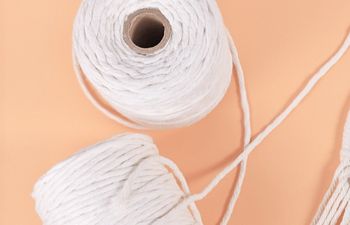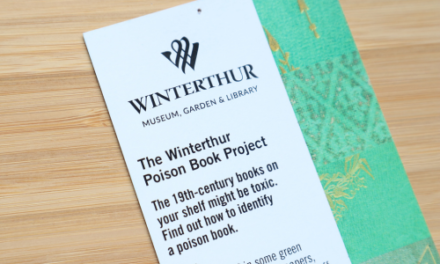Spine swell in bookbinding refers to the difference in thickness between a text block spine prior to sewing vs. the final text block thickness once sewing is complete. Spine swell matters because it can have a negative impact on every future step of the bookbinding process. It can also reduce the longevity (lifetime) of the book. For these reasons, bookbinders take great care in managing the swell early on.
The definition of spine swell seems to suggest sewing is the key problem. Unfortunately, sewing is just one of many variables that impact spine swell in bookbinding.
To make everything a bit easier to understand, I’ve divided the variables among three main categories:
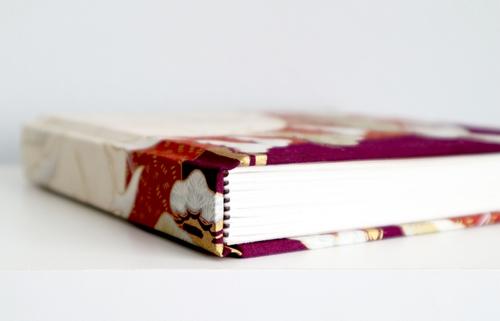
#1.) Thread
During the sewing process, thread is woven into the spine of each signature. The addition of thread leads to spine swell, but there are a number of things we can do as bookbinders to reduce (or, in some cases, increase) the amount.
🌟Thread Thickness
Thread thickness is determined by a thread’s ply, gauge and raw material.
Ply is the number of strands woven together to create thread. Gauge measures the final thickness of the thread once woven. Raw materials are what thread is made from (silk, cotton, flax, etc.).
This means that two individual 3-ply threads can have a very different gauge depending on which raw material was used.
It’s important to understand thread properties, so be sure to read up on How to Choose the Right Bookbinding Thread before going forward.
🌟Thread Hardness
Thread hardness is influenced by raw materials as well as how the threads are processed and twisted. In bookbinding, we tend to measure a thread’s “hardness” by how easily it can be flattened. Harder have higher tension and need more pressure to flatten. Softer threads are easier to compress, but much more delicate.
Today’s bookbinding threads go through a lot of processing, so they tend to be a bit harder than threads of centuries past. To get the best quality thread, I recommend choosing an unbleached, minimally processed variety from a reputable seller.
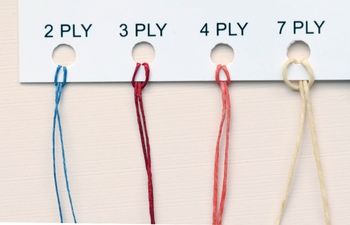
#2.) Paper
Like thread, paper has thickness and hardness factors to consider.
🌟Paper Thickness
Paper is a global commodity, so its thickness is measured in different units depending on where you’re at in the world. Maybe you’ve heard some of these? Read more about paper features in my post, Understanding the Difference Between Text & Writing Weight Papers.
- caliper
- gsm (grams per square meter)
- mm
- pounds
When I say paper thickness influences spine swell, the natural reaction might be to roll your eyes and mumble, “Duh, Misty! of course it does!” But you might be surprised to learn that…
Thicker paper absorbs more thread, leading to less swell.
Wait, what?
Without going into tons of detail (I’ll save that for a different nerdy post), let me just say this: thicker paper is heavier. It more easily compresses the thread sitting inside of it. This is what we mean when we say the paper “absorbs” thread.
Thin paper absorbs less thread, leading to more swell.
Since thin paper isn’t as good at compressing thread, the paper gains thickness in the area where the thread is resting. This contributes to spine swell.
🌟Paper Hardness
What makes a paper hard or soft? This deep dive is destined for a different post, but I will briefly describe it here.
Paper hardness refers to how easy it is to put a dent on the surface using a different material (like a pen, pencil or ruler). If a sheet of paper mars easily, it’s probably pretty soft.
You might immediately think thick paper is harder than thin paper, but don’t be fooled. There are plenty of examples of very thin, very hard papers (think: United States dollar bill).
Based on the above, the following is true:
Softer paper absorbs more thread, leading to less swell..
Soft paper bends and conforms easily, so it’s able to wrap around the thread inside the signature fold. This means less air around the thread and less spine swell overall.
Harder paper absorbs less thread, leading to more swell.
Hard paper doesn’t conform easily, so it resists hugging the thread inside the signature. As a result, air will sit between the fold of the hard paper and thread. This adds to spine swell.
🌟Number of Sheets per Signature
More sheets per signature will absorb more thread, regardless of paper thickness or hardness. Why? I’ll explain.
When there are more sheets per signature, there is more compression on the thread inside. Heavier compression pushes out air, forces conformity and leads to greater absorption of thread overall.
🌟Number of Signatures
Each signature carries its own contribution to spine swell. When there are more signatures, there is naturally more spine swell.
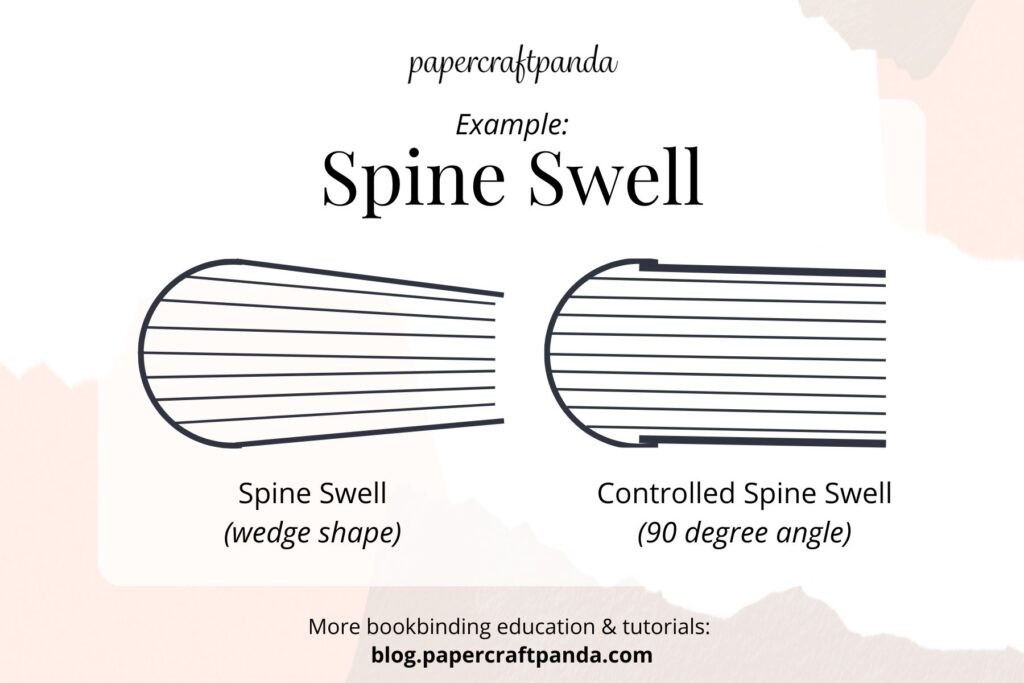
3.) Sewing
The act of sewing can increase or reduce spine swell. Everything from the amount of tension a bookbinder places on the thread to whether or not supports are present (and what kind) can have an impact.
🌟Supports
Supports will add to spine swell, but some are better than others. Tapes allow for the least swell because the thread doesn’t overlap. Cords and thongs can sometimes overlap and may also be “packed.”
Packing refers to the process of layering thread around cords or thongs to fill in gaps and add support. More thread means a higher chance of swell.
🌟Approach
How you sew is just as important as what you’re sewing on or with.
Most bookbinders sew all-along the spine. This means they sew from one side to the other, along the spine, adding a new signature once each end is reached. This method creates a stronger binding, but uses the most thread. As we’ve learned, more thread = more swell.
In the olden days, to save time, binders would sew on two, three or even four signatures at one time using a single piece of thread. Since the practice used less thread, spine swell was also reduced. While this style of sewing helps control swell, it also created a weaker binding. The weakness can be countered using other practices (I won’t go into those here), but these factors should be considered when deciding whether or not to take this approach.
🌟Tension
In bookbinding, tension refers to how tightly each signature is held to the one before it. Too much tension will lead to less swell, but the book may not open properly. Too little tension will create more swell and lead to a loose binding. As most of us know, getting the “right” tension is a skill developed over time. The more you practice, the more control you’ll have over tension (and the swell it causes or reduces).
🌟 Compression
While sewing, it’s important to compress (or, push down) each signature before the next one is added. Book makers typically use a bone folder and medium pressure to crease the spine of a signature after sewing, but before the next signature is added. This action helps paper absorb thread, reducing air and swell. Just be careful not to press too hard. Using too much pressure can damage paper fibers, leading to a weaker binding.
Conclusion
Much like Grain Direction, Spine Swell in bookbinding is a pretty big deal. Understanding what causes (and reduces) the swell is especially important as you advance in your bookbinding skills and try different structures. I hope this post has helped you in some way!
Where to buy thread online
More bookbinding goodness
✨ What tools do I need to get started bookbinding?
- Bookbinding Tools & Supplies Quick Start Guide – learn all about book making tools, which to buy first & where to go online
- Pick up my popular Complete Starter Bookbinding Tools Kit – all the bookbinding essentials in one spot
🌟 Looking for a simple way to start making books?
Try a Complete Book Materials Kit. Each one has everything you need (+ tutorials & videos) to make a beautiful book without all the fuss.
Thank you for taking me along on your book making journey!
Misty
